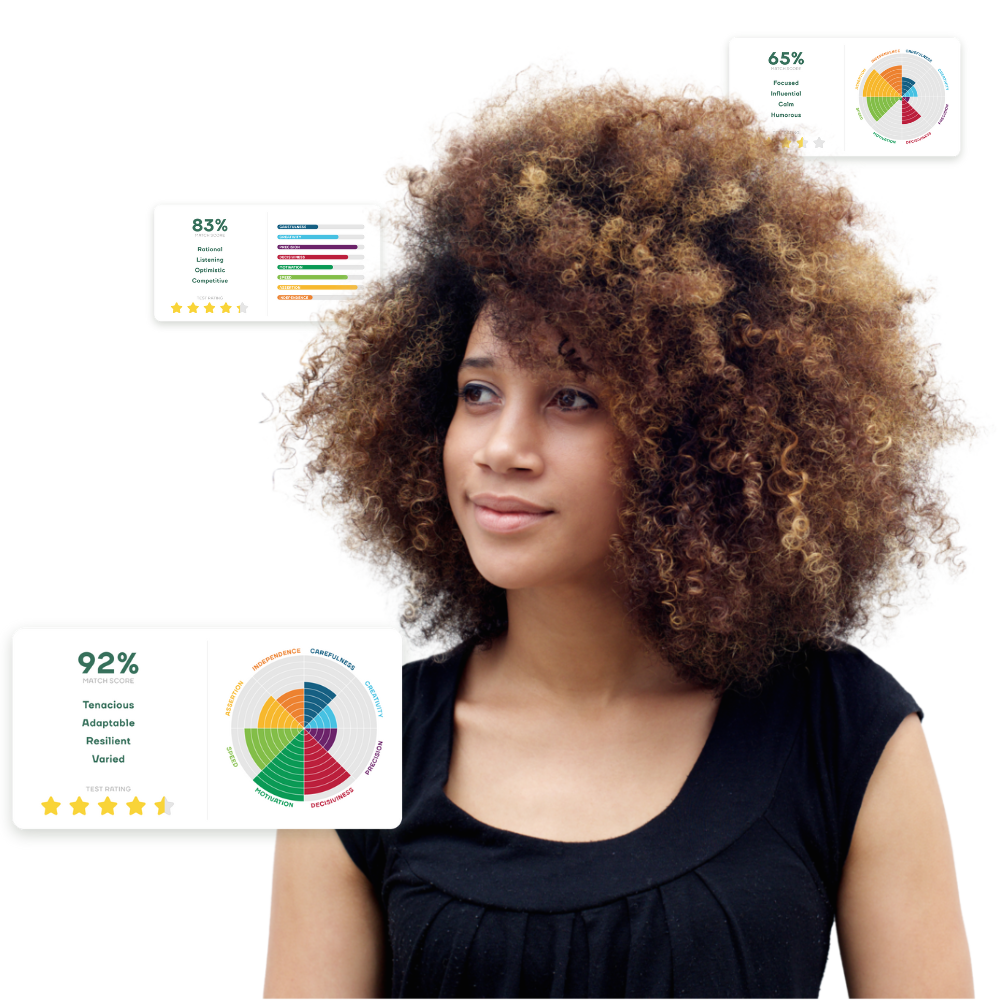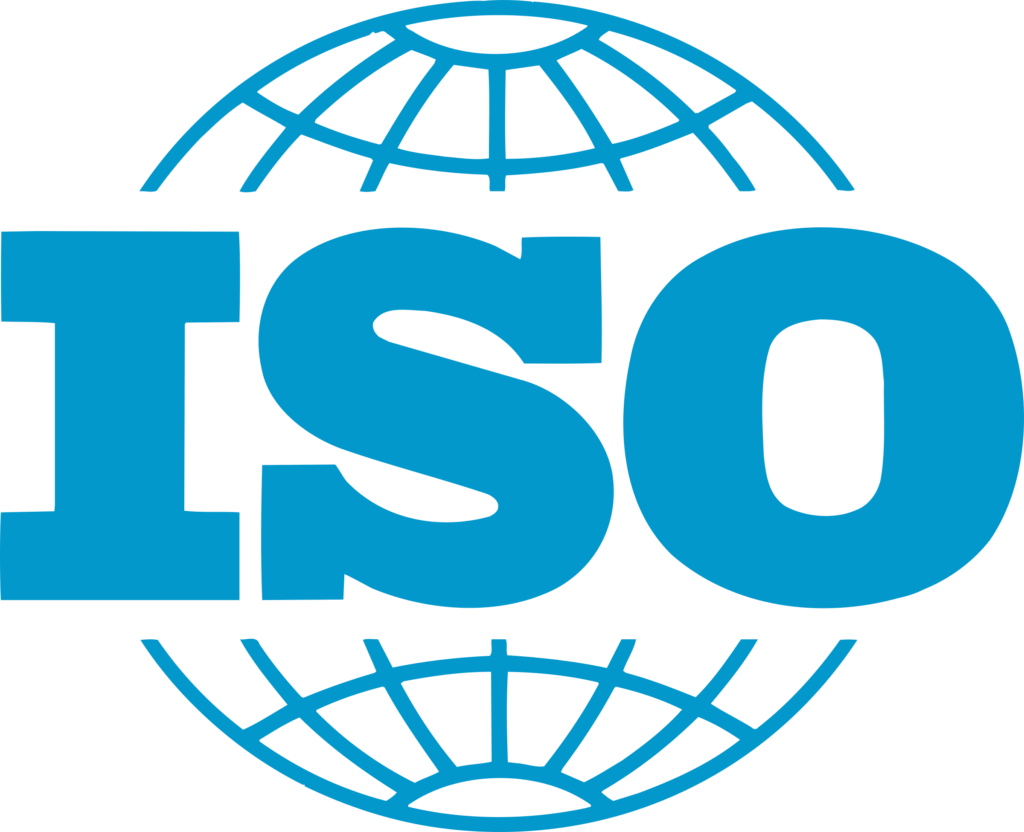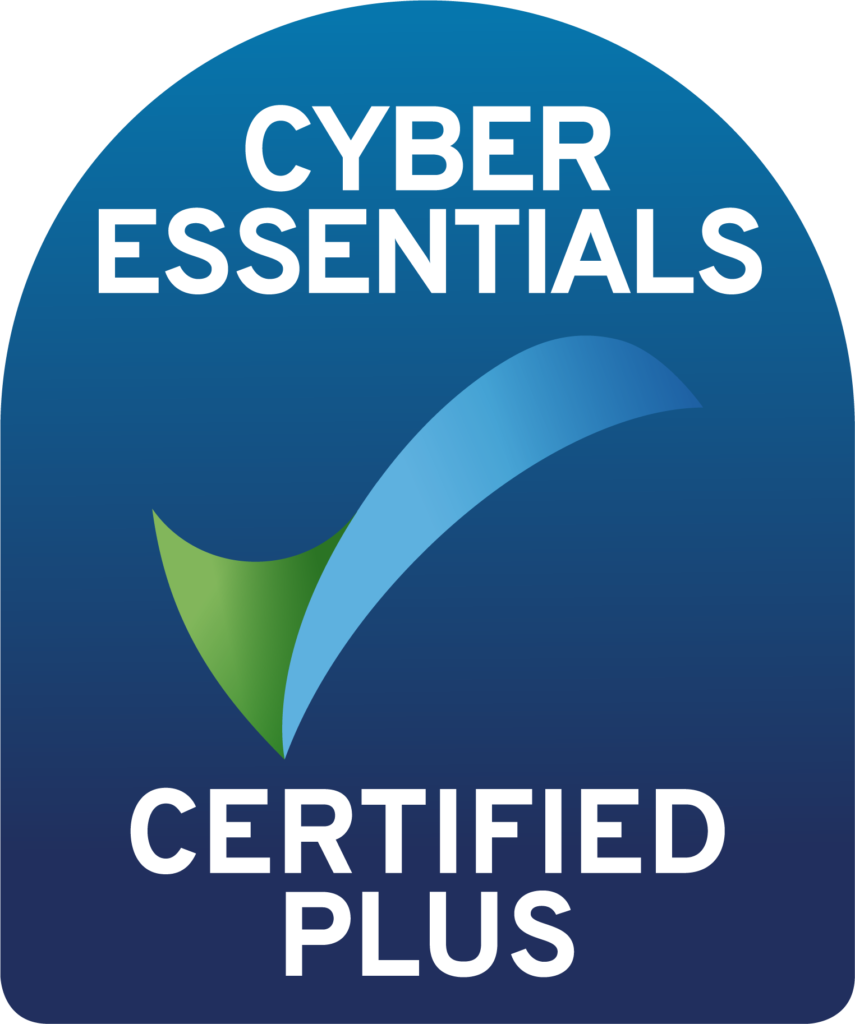Resources
Creativity interview questions (and answers)
25 creativity interview questions to uncover how creative and innovative your candidates are.
Home » Resource Library » Competency based interview questions » Creativity interview questions & answers
25 good creativity questions
- How do you define creativity, and why do you believe it’s essential in the workplace?
- Describe a time when you proposed a new idea or solution that was different from the norm.
- How do you nurture creativity in your daily life or work routine?
- Share an example of a time when you identified a problem and proposed a creative solution that was well-received by others.
- How do you approach creative challenges that require “thinking outside the box”?
- Describe a time when you had to use creative problem-solving to overcome a significant obstacle or setback.
- How do you foster creativity and innovation within a team or organisation?
- Describe a time when you had to adapt a creative idea to suit specific constraints or limitations.
- How do you handle situations where your creative ideas are met with resistance or scepticism?
- Share an example of a time when you collaborated with others to create a unique solution or project.
- How do you approach creative projects that require a high degree of originality and risk-taking?
- Describe a time when you successfully implemented a creative idea that significantly improved a process or workflow.
- How do you ensure that creativity and innovation remain integral parts of your work, even during busy or stressful periods?
- Share an example of a time when you had to come up with a creative solution to exceed a client’s expectations.
- How do you encourage team members to embrace and contribute to a culture of creativity and innovation?
- Describe a situation when you were tasked with finding a creative solution to a long-standing problem that others had struggled to resolve.
- How do you incorporate feedback and lessons learned from past creative projects into your current work?
- Share an example of a time when you took the initiative to explore a new approach or technology to enhance productivity or efficiency.
- How do you strike a balance between adhering to established best practices and pushing boundaries to create innovative solutions?
- Describe a time when you used creative thinking to turn a seemingly mundane task into an exciting and impactful initiative.
- How do you approach creative projects that require collaboration with stakeholders who have different perspectives or objectives?
- Share an example of a time when you had to come up with a creative solution while working with limited resources or a tight deadline.
- How do you encourage a culture of experimentation and risk-taking within a team or organisation?
- Share an example of a time when you had to adapt your creative approach to accommodate feedback from clients or stakeholders.
- How do you maintain your creative energy and passion for your work over the long term?
1. How do you define creativity, and why do you believe it’s essential in the workplace?
What to look for:
Look for candidates who understand the concept of creativity and can articulate its value in problem-solving and innovation.
Suggested answer:
“Creativity, to me, is the ability to think outside the box and come up with original ideas. It’s crucial in the workplace because it leads to innovative solutions, improved processes, and a competitive advantage.”
2. Describe a time when you proposed a new idea or solution that was different from the norm.
What to look for:
The candidate’s ability to generate unique ideas and their willingness to take initiative.
Suggested answer:
“In a team brainstorming session, I suggested using a gamification approach to boost employee engagement in our training programs. Although unconventional, it received positive feedback and was eventually implemented.”
3. How do you nurture creativity in your daily life or work routine?
What to look for:
Candidates who actively seek opportunities to foster their creativity.
Suggested answer:
“I make time for creative activities outside of work, such as painting and writing. I also set aside dedicated brainstorming sessions to explore new ideas and encourage collaboration with colleagues.”
4. Share an example of a time when you identified a problem and proposed a creative solution that was well-received by others.
What to look for:
The candidate’s ability to spot opportunities for innovation and their track record of successful implementation.
Suggested answer:
“At my previous job, we struggled with customer retention. I proposed a personalised loyalty program that utilised data analytics to target customer preferences, leading to increased customer satisfaction and loyalty.”
5. How do you approach creative challenges that require “thinking outside the box”?
What to look for:
Candidates who can describe their creative thought process and how they generate novel ideas.
Suggested answer:
“When faced with a creative challenge, I brainstorm diverse ideas without judgement. I draw inspiration from various sources, collaborate with others, and experiment with different approaches.”
6. Describe a time when you had to use creative problem-solving to overcome a significant obstacle or setback.
What to look for:
The candidate’s ability to innovate when faced with adversity.
Suggested answer:
“During a project, we encountered unexpected budget cuts that threatened our progress. I reevaluated the project scope, sought alternative funding sources, and restructured the plan to deliver a successful outcome within the new constraints.”
7. How do you foster creativity and innovation within a team or organisation?
What to look for:
Candidates who can inspire and support a creative culture.
Suggested answer:
“I encourage team members to share their ideas openly, create a safe space for experimentation, and celebrate both successful and unsuccessful attempts at innovation. I also organise brainstorming sessions and innovation workshops.”
8. Describe a time when you had to adapt a creative idea to suit specific constraints or limitations.
What to look for:
The candidate’s ability to balance creativity with practicality.
Suggested answer:
“When designing a new product, I had to work within tight budget constraints. I modified the initial concept while still maintaining the core innovative features, which allowed us to create a successful product that was cost-effective.”
9. How do you handle situations where your creative ideas are met with resistance or scepticism?
What to look for:
Candidates who can navigate feedback constructively and persist in championing their ideas when appropriate.
Suggested answer:
“I view feedback as an opportunity for improvement. If my ideas are met with scepticism, I seek to understand the concerns and refine my proposal based on constructive input. However, if I strongly believe in an idea, I advocate for its merits and potential benefits.”
10. Share an example of a time when you collaborated with others to create a unique solution or project.
What to look for:
The candidate’s ability to work effectively in a team to enhance creative outcomes.
Suggested answer:
“In a cross-functional project, I collaborated with colleagues from different departments to develop a customer-centric marketing campaign. Our diverse perspectives and skills led to a more comprehensive and innovative approach.”
11. How do you approach creative projects that require a high degree of originality and risk-taking?
What to look for:
Candidates who are comfortable pushing boundaries and taking calculated risks.
Suggested answer:
“For projects that demand originality, I research industry trends, emerging technologies, and competitor strategies. I weigh the potential risks and benefits, seek input from stakeholders, and take well-considered risks to achieve breakthrough results and deliver for the business.”
12. Describe a time when you successfully implemented a creative idea that significantly improved a process or workflow.
What to look for:
Evidence of the candidate’s ability to turn creative ideas into tangible improvements.
Suggested answer:
“In a quality assurance process, I proposed a new checklist that streamlined the workflow and reduced the error rate by 30%. The team adopted the new approach, leading to increased efficiency and higher-quality output.”
13. How do you ensure that creativity and innovation remain integral parts of your work, even during busy or stressful periods?
What to look for:
Candidates who prioritise creativity and innovation as essential components of their work.
Suggested answer:
“I make creativity a habit by dedicating time for brainstorming and creative thinking, even during busy periods. I believe that fostering innovation is crucial for long-term success, so I prioritise it alongside other tasks.”
14. Share an example of a time when you had to come up with a creative solution to exceed a client’s expectations.
What to look for:
The candidate’s ability to exceed expectations by thinking creatively.
Suggested answer:
“During a client project, the scope expanded beyond initial expectations. To meet the challenge, I devised a comprehensive solution that addressed additional requirements while staying within the agreed-upon timeline and budget.”
15. How do you encourage team members to embrace and contribute to a culture of creativity and innovation?
What to look for:
Candidates who can inspire and motivate their colleagues to embrace creativity.
Suggested answer:
“I encourage open communication and provide opportunities for team members to share their ideas without fear of judgement. Recognising and celebrating creative contributions fosters a culture where everyone feels valued and inspired to contribute.”
16. Describe a situation when you were tasked with finding a creative solution to a long-standing problem that others had struggled to resolve.
What to look for:
The candidate’s ability to approach persistent challenges with fresh perspectives and inventive solutions.
Suggested answer:
“In a product development project, we faced a recurring technical issue. I conducted in-depth research, sought external expertise, and eventually proposed an unconventional solution that resolved the problem permanently.”
17. How do you incorporate feedback and lessons learned from past creative projects into your current work?
What to look for:
Candidates who continuously learn and grow from previous experiences.
Suggested answer:
“I conduct post-project reviews to analyse the outcomes of creative projects. I celebrate successes and identify areas for improvement. By applying these lessons to future projects, I aim to elevate my creative process continually.”
18. Share an example of a time when you took the initiative to explore a new approach or technology to enhance productivity or efficiency.
What to look for:
The candidate’s ability to innovate to improve workflows and processes.
Suggested answer:
“In my previous role, I researched automation tools and identified one that could significantly streamline our data analysis process. I presented the idea to management, and after successful implementation, our team saved several hours of work per week.”
19. How do you strike a balance between adhering to established best practices and pushing boundaries to create innovative solutions?
What to look for:
Candidates who can leverage established practices while also seeking opportunities to innovate.
Suggested answer:
“I recognise the value of best practices as a foundation for quality work. However, I am also open to exploring new ideas and challenging conventions when the situation calls for fresh thinking and originality.”
20. Describe a time when you used creative thinking to turn a seemingly mundane task into an exciting and impactful initiative.
What to look for:
The candidate’s ability to inject creativity and enthusiasm into routine tasks.
Suggested answer:
“In a customer service role, I transformed our standard email responses into personalised, engaging messages. Customers appreciated the personal touch, and it resulted in higher customer satisfaction scores.”
21. How do you approach creative projects that require collaboration with stakeholders who have different perspectives or objectives?
What to look for:
The candidate’s ability to navigate diverse viewpoints to achieve innovative consensus.
Suggested answer:
“I actively listen to stakeholders, understanding their goals and concerns. I seek common ground and work collaboratively to align objectives, resulting in creative solutions that benefit all parties.”
22. Share an example of a time when you had to come up with a creative solution while working with limited resources or a tight deadline.
What to look for:
Evidence of creative problem-solving under pressure.
Suggested answer:
“During a last-minute change in project requirements, we had limited time and resources. I facilitated rapid brainstorming sessions, and the team collectively devised a creative solution that met the deadline and exceeded expectations.”
23. How do you encourage a culture of experimentation and risk-taking within a team or organisation?
What to look for:
Candidates who inspire others to take calculated risks and learn from failures.
Suggested answer:
“I foster a culture of experimentation by celebrating both successes and lessons learned from failures. I encourage team members to try new approaches and provide support during the learning process.”
24. Share an example of a time when you had to adapt your creative approach to accommodate feedback from clients or stakeholders.
What to look for:
The candidate’s ability to embrace feedback and iterate on creative ideas.
Suggested answer:
“After presenting a design concept to a client, I received valuable feedback that required adjustments. I iterated on the design while maintaining the core vision, ultimately creating a solution that exceeded the client’s expectations.”
25. How do you maintain your creative energy and passion for your work over the long term?
What to look for:
Candidates who demonstrate a sustained commitment to creativity and continuous improvement.
Suggested answer:
“I stay inspired by exploring art, attending creative events, and collaborating with other professionals both inside and outside of work. I regularly seek new challenges in order to push and expand my creative boundaries, which fuels my passion for innovation and motivates me to deliver exceptional work consistently.”
Remember, the suggested answers are just examples, and the quality of a response will vary based on the individual’s experiences and capabilities.
As a recruiter, focus on the candidate’s ability to think creatively, innovate, and demonstrate a passion for creative problem-solving.
Look for real-life examples that demonstrate their creativity skills and how they can apply them to various situations.
How to measure creativity skills?
Measuring creativity skills involves evaluating an individual’s ability to think innovatively, generate unique ideas, and solve problems in novel ways. Here are several ways to assess creativity skills:
Portfolio review:
Evaluate the candidate’s past work, projects, or portfolio. Look for examples of creative thinking, innovative solutions, and projects that required a unique approach.
Behavioural interview questions:
Ask candidates about specific instances where they demonstrated creativity in their work. Such as: “Can you describe a project where you had to come up with a creative solution to a problem?”
Problem-solving scenarios:
Present candidates with real or hypothetical problems and assess their ability to generate creative solutions. Look for their approach to divergent thinking and original problem-solving.
Creative thinking exercises:
Incorporate creativity exercises or tests during the interview process. These could include brainstorming sessions, lateral thinking puzzles, or scenarios that require candidates to think outside the box.
Diversity of experience:
Assess the variety of experiences in a candidate’s background. A diverse range of skills, industries, or roles can indicate an ability to adapt and think creatively in different contexts.
Innovation in past roles:
Inquire about instances where candidates contributed to innovative projects, introduced new processes, or played a key role in bringing about positive change within their previous roles.
Collaborative creativity:
Evaluate how well candidates work in a team to generate and implement creative ideas. This can involve group projects, team-based interviews, or references that speak to their collaborative skills.
Remember that creativity is a multifaceted skill, and assessing it may require a combination of these methods. It’s essential to consider the specific demands of the role and industry to tailor your assessment approach accordingly.
FOR COMPANIES:
Platform demo
Book a demo
And see how Clevry can support your recruitment


